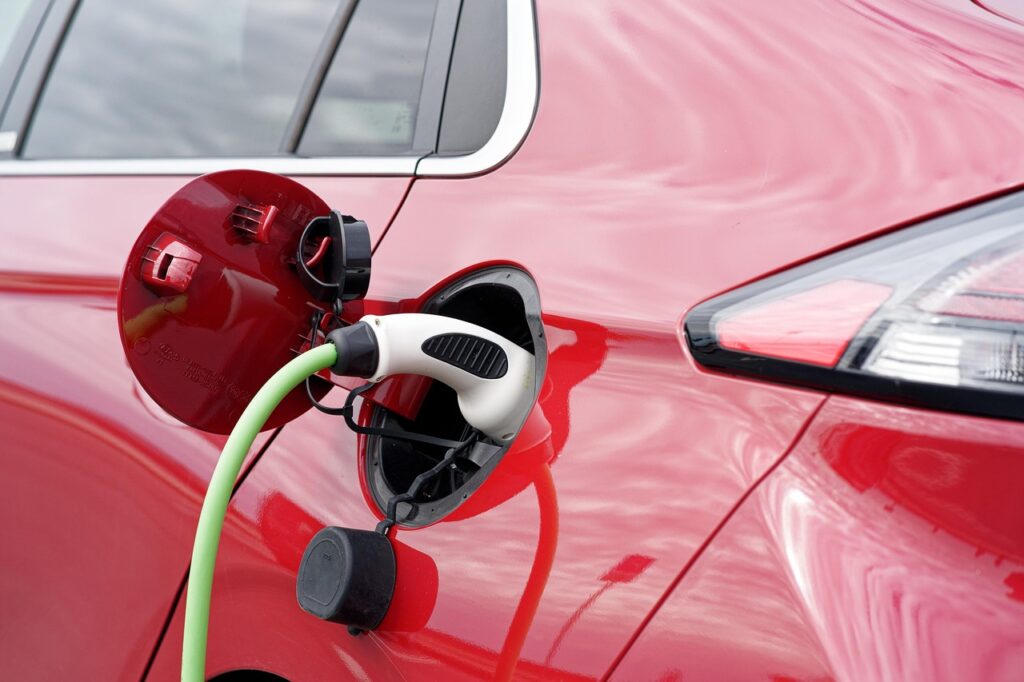Experts warn of an EV Sales Collapse as U.S. electric vehicle demand drops after the federal tax credit ended. Learn why this EV Sales Collapse is happening and what it means for automakers and buyers.
Table of Contents
Experts Predict an EV Sales Collapse — It’s Already Started
H2: What’s Behind the EV Sales Collapse in the U.S.?
Over the past few months, industry analysts have been warning of a potential EV Sales Collapse. That prediction now seems to be materializing. With the expiration of federal incentives, wavering consumer interest, and policy uncertainty, electric vehicle sales in the U.S. have declined sharply.
The federal tax credit of $7,500 for new EVs officially ended on September 30, 2025. According to market data, the EV market share has dropped to around 5 % in October from 12 % in September 2025 — a massive dip that underlines how dependent the market had become on subsidies.
H2: Major Reasons Behind the EV Sales Collapse
H3: Expiry of the Federal EV Tax Credit
The biggest trigger for the EV Sales Collapse is the loss of the $7,500 federal tax credit that encouraged thousands of buyers to go electric. Without it, the total cost of ownership has gone up considerably, especially for first-time EV buyers.
H3: The EV Demand Hangover
Automakers experienced a surge in sales during July-September 2025 as buyers rushed to claim the tax credit before its expiry. This front-loaded demand has now left a void in the following months, causing what experts are calling an “EV Sales Hangover.”
H3: Price Cuts and Inventory Pressure
To fight the EV Sales Collapse, automakers like Hyundai, BMW, and Ford have offered heavy discounts — up to $9,800 on some models — to offset the missing tax credit. Yet, even these price cuts haven’t fully revived consumer enthusiasm. High production costs and uncertain resale value continue to deter buyers.
H3: Regulatory Uncertainty and Market Confusion
Another key factor driving the EV Sales Collapse is policy uncertainty. With the rollback of fuel-efficiency mandates and changes in California’s EV targets, manufacturers have less regulatory pressure to accelerate electrification. As a result, many brands are delaying or scaling back their EV plans.

H2: Current Market Impact of the EV Sales Collapse
H3: Sharp Decline in Monthly Sales
Data from J.D. Power and S&P Global Mobility suggests that around 64,000 new EVs were sold in October — down from nearly 150,000 in September. This ~60 % drop is one of the steepest month-to-month declines in U.S. automotive history.
H3: Plug-In Hybrids Also Affected
Plug-in hybrid sales fell from 2.2 % in September to 1 % in October 2025, showing that even partially electric vehicles weren’t spared by the Sales Collapse.
You can visit for mor information: https://insideevs.com/news/777506/ev-sales-october-hangover-tax-credit/
H3: Automakers Retrench
Following the slump, several carmakers have scaled down production. Ford has temporarily halted F-150 Lightning production, Kia has postponed the EV4 sedan, and GM is cutting jobs at its EV plants. This industrial pullback reinforces the perception that the Sales Collapse could extend into 2026.
H2: Long-Term Outlook — Temporary Dip or Trend Shift?
While the short-term numbers look grim, experts say the EV Sales Collapse might only be a temporary correction. Many automakers remain committed to electric mobility, investing heavily in next-generation batteries, affordable models, and better charging infrastructure.
Global demand continues to grow: in Europe and China, EVs already account for more than 25 % of new car sales. The U.S. may simply be experiencing a policy-driven slowdown before rebounding in 2026 and beyond.
H2: Conclusion — Learning from the EV Sales Collapse
The EV Sales Collapse is a wake-up call for both automakers and policymakers. It shows how fragile EV demand can be without government support. Going forward, success in the EV era will depend not just on subsidies but on affordability, performance, and real consumer trust.
If manufacturers can deliver on those fronts, this collapse may eventually be seen as a brief pause — not a permanent downturn.
You can also read: New-Gen Hyundai Venue Colours Revealed: Fresh Look, New Variants, and Vibrant Shades